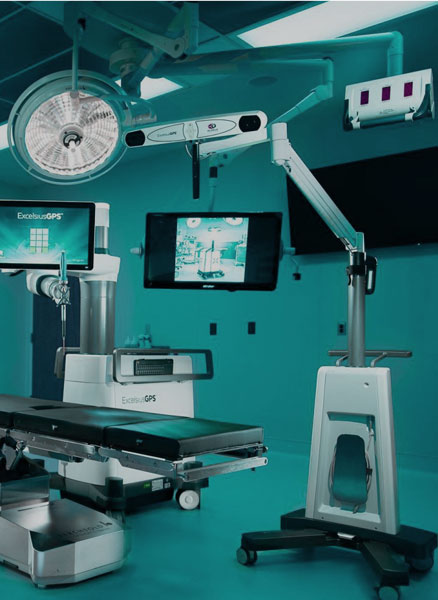Gas springs serve several specific functions in medical equipment, contributing to the overall functionality and usability of these devices:
Gas springs are commonly used to provide adjustable support, allowing users to easily change the height, angle, or position of various components of medical equipment. For example, they may be used to adjust the height of a patient bed, the angle of a surgical table, or the position of an examination chair.
Medical equipment gas springs can assist with the movement of heavy or cumbersome parts in medical equipment, reducing the effort required by healthcare professionals and improving ergonomics. For instance, they may be used to lift and lower imaging equipment, patient transfer devices, or storage compartments in medical carts.

Gas springs help ensure the safety and stability of medical equipment by providing controlled and smooth movement. They can prevent sudden drops or movements, reducing the risk of injury to patients or healthcare workers during procedures or transfers.
Gas springs allow for compact and space-efficient designs in medical equipment. They enable the integration of folding or collapsible features, such as retractable trays or adjustable arms, which maximize available space in healthcare settings.
Gas springs operate quietly, which is essential in medical environments where noise can be disruptive or cause discomfort to patients. Their smooth and silent movement enhances the overall user experience and promotes a calming atmosphere.
Gas springs are designed to withstand the demanding conditions of medical settings, including frequent use, sterilization procedures, and exposure to various chemicals. Their durability ensures reliable performance over an extended lifespan, reducing maintenance requirements and replacement costs.
Gas springs can be customized to meet the specific requirements of different medical devices and applications. Manufacturers can tailor factors such as size, pressure, and mounting options to integrate seamlessly with existing equipment or accommodate unique design needs.
Gas springs play a crucial role in enhancing the functionality, usability, and safety of medical equipment, contributing to more efficient and effective healthcare delivery while improving the experience for both patients and healthcare professionals.